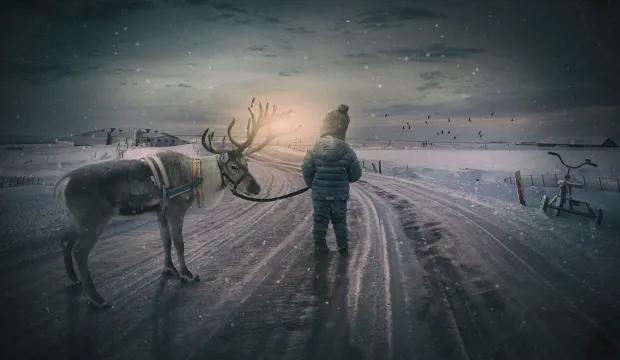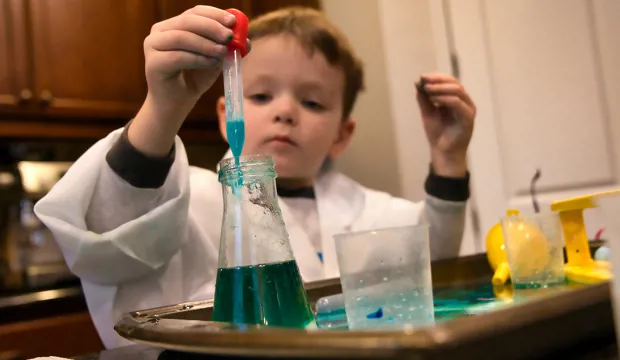
Build your own Christmas lights
Climate change and electricity? Investigate types of circuit with buzzers and lights to experiment and find out which is best for our planet.
It is common for many of us to decorate our homes with Christmas lights during the Christmas season. However, this tradition poses a problem for the environment. By relying on non-renewable energy sources to power these lights, we contribute to the issue of global warming, which is causing the polar ice caps to melt.
Santa Claus is growing concerned! It may not be long before he is forced to relocate from the North Pole or build a new workshop and home underwater. In this fun activity for kids, students will have the opportunity to assist him with his predicament. Our objective is to explore various circuits and electrical components to determine which would have the least detrimental environmental impact.
Activity: Build your own Christmas lights
In this science activity for Key Stage 2, students will investigate different types of circuits to determine the most sustainable ones. They will then build their own Christmas lights by making a circuit with LED bulbs and crocodile leads. This is an engaging experiment that will encourage students to have fun with science!
Students will first compare series circuits against parallel circuits. A series circuit is a configuration where components are connected one after another in a single path, creating a single flow of current. In contrast, a parallel circuit is a setup where components are linked across multiple paths, allowing current to split and flow through each component independently.
Following this, students will replace the battery pack in their circuit with a solar panel. Students should consider the following questions: Are the LEDs as bright as with the battery pack? How does the weather affect the brightness of the LEDs? Can you add as many LEDs to your parallel circuit as you can with the battery pack?
Solar power is a renewable energy source that is much better for our environment. In this activity, we use solar panels, which transfer solar energy into electrical energy and light energy without storing it. Solar panels aren’t useful for Christmas lights as it would mean that they would only work during the day if the solar panel were in direct sunlight.
In order to use our Christmas lights at night, we would need to add a storage cell, such as a rechargeable battery, which could store the energy until we turn on the lights in the evening. We would still need to ensure that the solar panel is in direct sunlight during the day, though, to ensure our lights come on every evening.
Next time you buy your Christmas lights, think about what you could do differently to help protect our environment, particularly Santa’s North Pole!
Equipment required
- A 2 x AA battery pack and batteries
- A 3V solar panel
- At least eight crocodile leads
- At least 4 LEDs (Different colours if possible)
- 5V bulb to show the difference in light emitted
Download the free Build your own Christmas lights activity sheet below!
All activity sheets and supporting resources are free to download, and all the documents are fully editable, so you can tailor them to your students’ and your schools’ needs.
The activity sheet includes teacher notes, guidance, useful web links, and links (where appropriate) to the national curriculum in each of the four devolved UK nations; England, Northern Ireland, Scotland and Wales.
Oh ho ho, and please share your classroom learning highlights with us @IETeducation.



